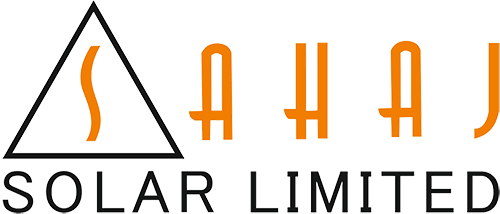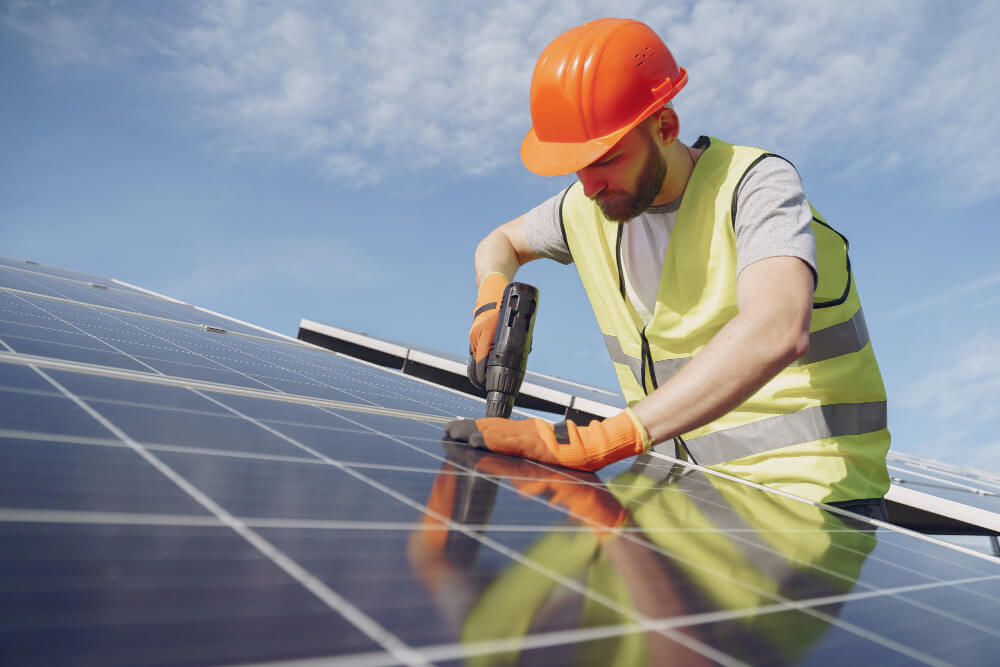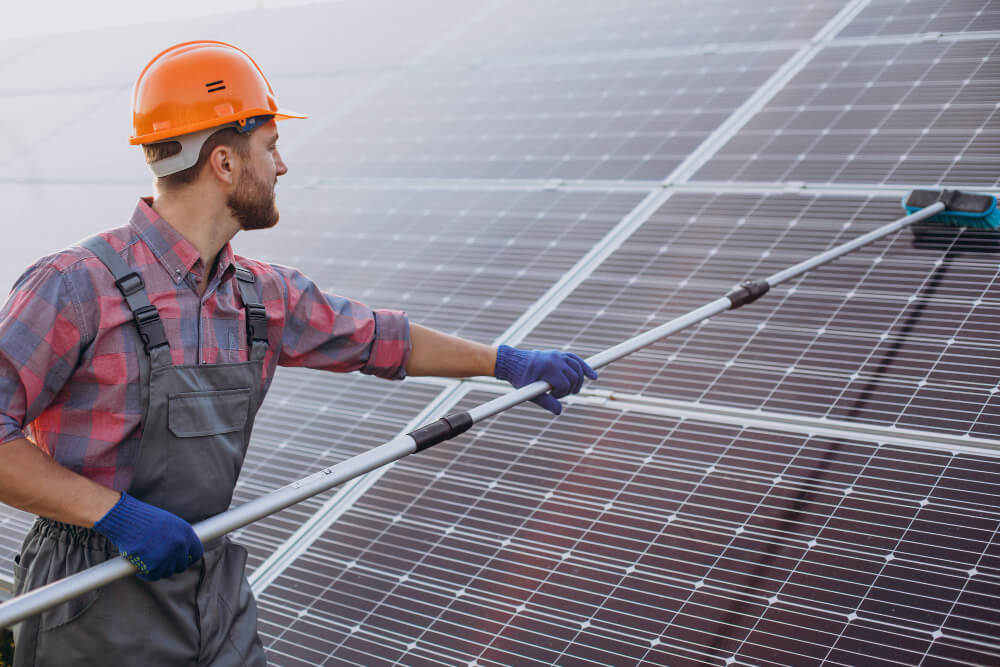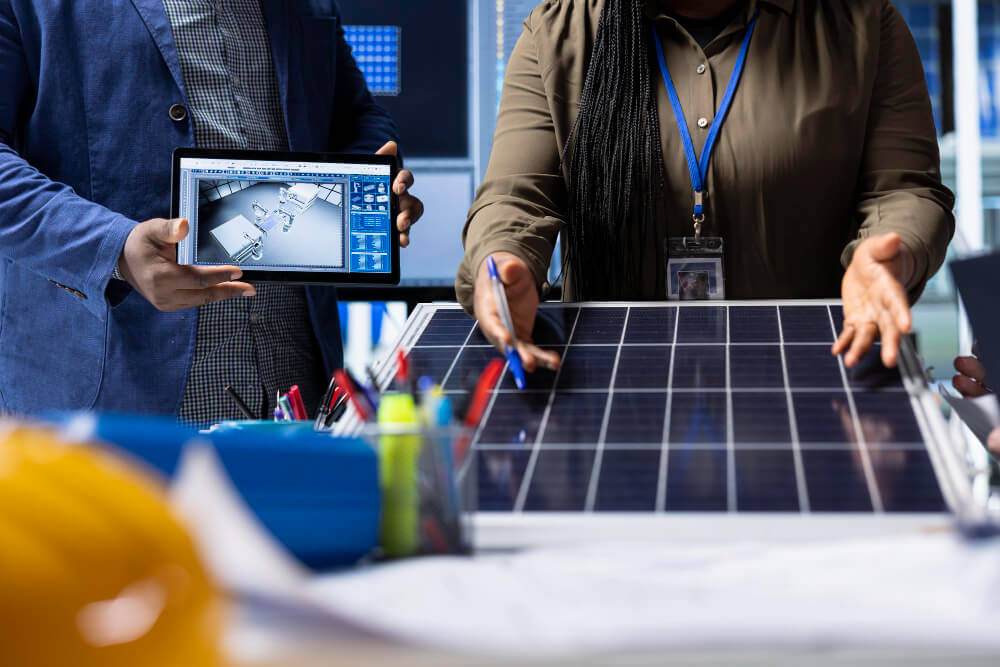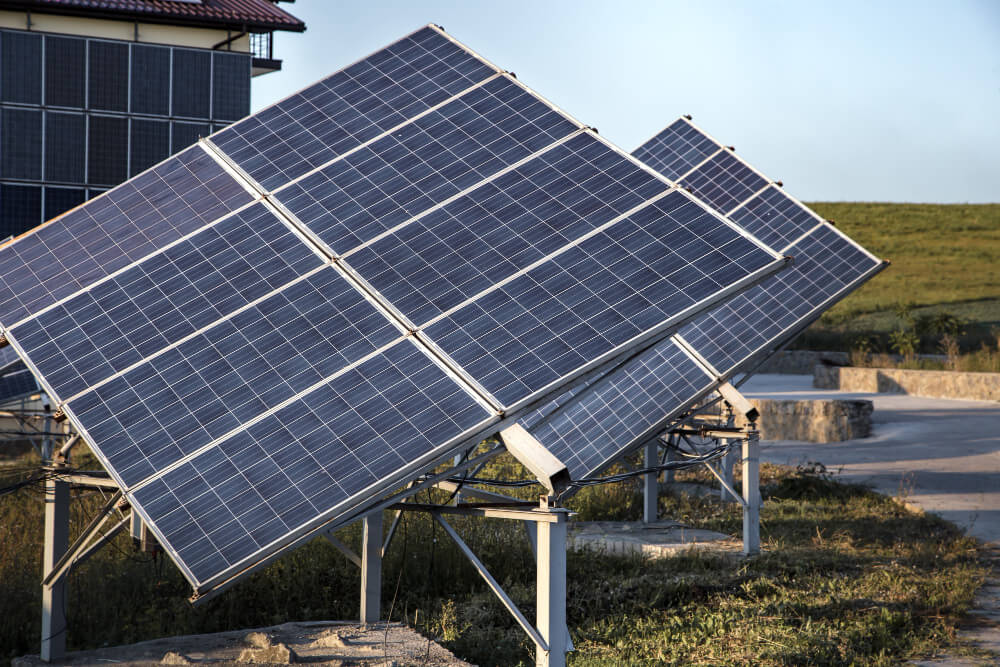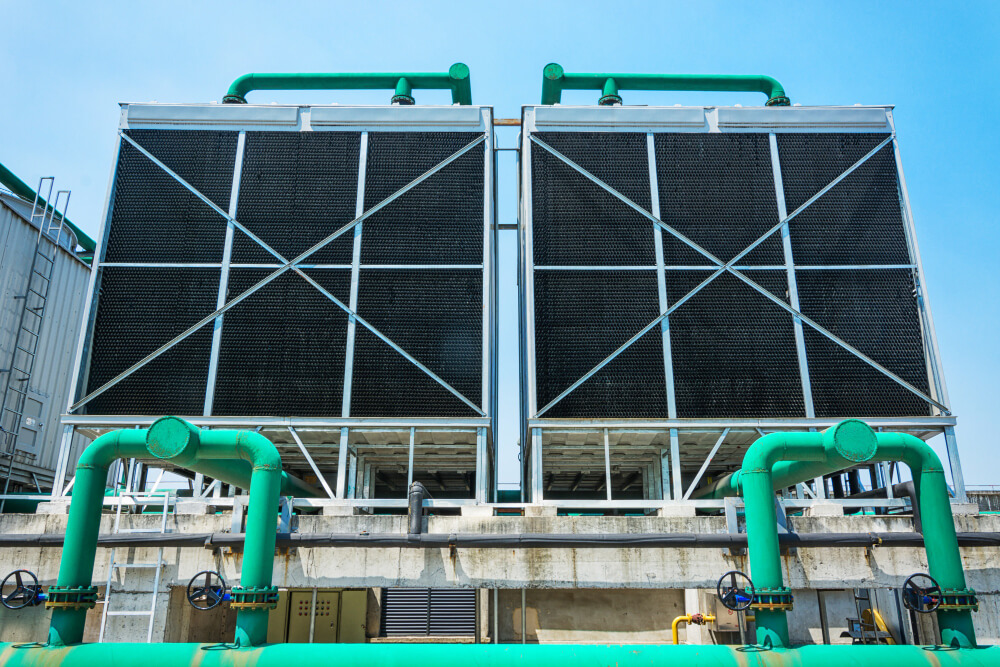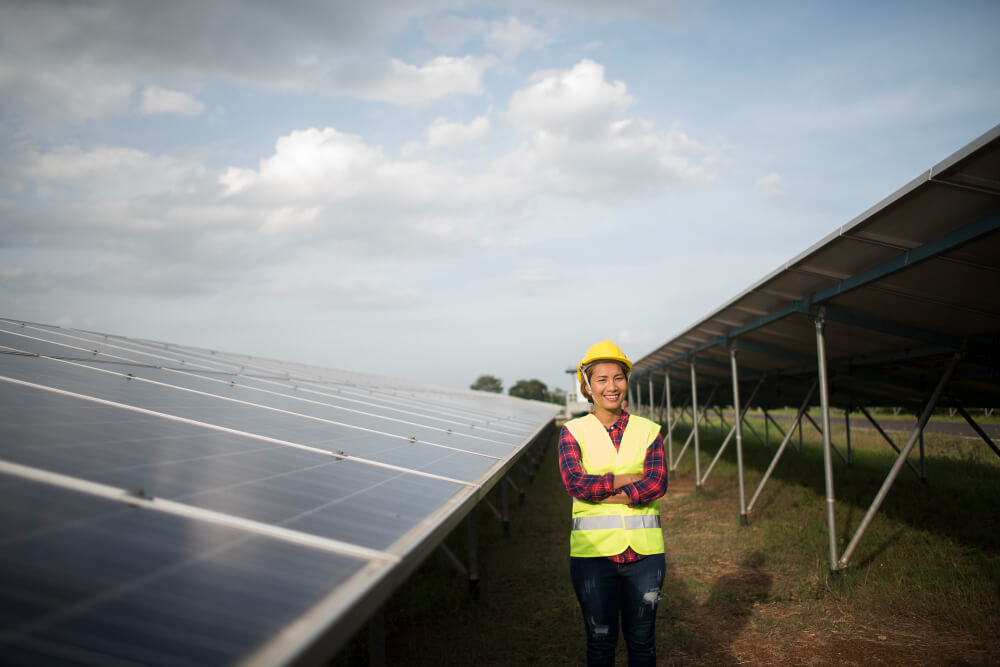How to Install Solar Panels at Home: A Simple Step-by-Step Guide
With electricity costs climbing and interest in clean energy on the rise, many homeowners are now turning to rooftop solar panels as a smart, eco-friendly solution. Going solar is a great way to cut down on electricity bills, reduce your carbon footprint, and become more energy-independent. This guide will walk you through everything you need to know about installing solar panels at home, including costs, planning, and step-by-step installation instructions. 1. Why Install Solar Panels at Home? Installing solar panels has many long-term benefits: Lower electricity bills Use of renewable energy Low maintenance costs Government subsidies and tax benefits Increased property value Whether you want to install solar panels on a rooftop or set up a ground-mounted system, solar power can help you take control of your energy use. 2. Can You Install Solar Panels Yourself? However, it all comes down to your technical know-how and how big the project is. Some homeowners prefer hiring professionals, while others choose DIY solar panel installation to save money. Note: In many regions, hiring a licensed installer is required for grid-connected systems to qualify for government incentives. 3. Things to Consider Before Installation of Solar Panels Before you start installing solar panels, consider the following: Roof Condition & Orientation Your roof should be structurally sound South-facing roofs (in the Northern Hemisphere) get the most sunlight Minimal shading from trees or buildings is ideal Energy Needs Calculate your average monthly electricity use This helps determine how large your solar panel system needs to be Types of Solar Panels Choose the best type based on efficiency, cost, and appearance: Monocrystalline – High efficiency, higher cost Polycrystalline – Budget-friendly, less efficient Thin-film – Flexible, less efficient, easy to install Local Permits and Incentives Check local building codes, zoning laws, and apply for: Net metering agreements Government subsidies or tax credits 4. Tools and Materials Needed To install solar panels at home, you’ll need: Solar panels (based on your energy needs) Inverter (converts DC to AC) Mounting racks or brackets Wiring and connectors Circuit breakers and junction boxes Safety gear (gloves, helmet, harness) Drill and standard power tools 5. Step-by-Step Guide to Install Solar Panels Step 1: Plan the System Decide on the system size (e.g., 3kW, 5kW) Choose the right solar panel type and inverter Consider adding batteries if going off-grid Step 2: Choose a Mounting Location Rooftop or ground mount depending on space and sunlight Make sure the area is not shaded during daylight hours Roof angle should ideally match your region’s latitude Step 3: Install the Mounting Structure Firmly attach the metal mounting frame to your roof using strong bolts for a stable foundation. Make sure it’s tilted properly to capture maximum sunlight Use weather-resistant materials for longer durability Step 4: Mount the Solar Panels Fix the panels onto the mounting structure Use nuts and bolts to secure them Make sure panels are aligned and angled correctly Step 5: Electrical Wiring Connect each panel using MC4 connectors Follow the series or parallel configuration based on your design Route wires to the inverter using a conduit Step 6: Install the Inverter Mount the inverter near your main power panel Connect solar panel wires to the inverter For on-grid systems, connect the inverter to the grid input Step 7: Connect to the Main Power Supply Link the inverter’s output to your home’s main electrical board to supply power throughout the house Install proper circuit breakers to protect the system Step 8: Grounding and Safety Checks Ground all components to prevent electric shocks Check for loose wires, short circuits, or leaks Use a multimeter to test voltage output Step 9: Monitor the System Turn on the inverter and check the system status Use a solar monitoring app to track performance Regularly clean and inspect the panels 6. Cost of Installing Solar Panels at Home System Size Estimated Cost (INR) Power Output 1 kW ₹60,000 – ₹75,000 4 units / day 3 kW ₹1,50,000 – ₹2,00,000 12 units / day 5 kW ₹2,50,000 – ₹3,00,000 20 units/day Government subsidies (up to 40%) under PM Surya Ghar Yojana or MNRE schemes can reduce costs. 7.Should You Add Solar Batteries? If you live in an area with frequent power cuts or want to go off-grid, installing a solar battery backup is a smart idea. Batteries capture excess energy produced during the day and supply it when your home needs power, like at night or during outages. 8. Maintenance Tips After Installation Solar Panels Clean panels every 2–3 months Check inverter for error messages Trim nearby trees to prevent shading Schedule annual inspection 9. Common Mistakes to Avoid Ignoring local rules or permits Skipping roof inspection Using poor-quality panels or inverters DIY installation without proper knowledge Conclusion Installing solar panels at home is not just about saving money it’s about building a cleaner, more self-reliant future. With careful planning and the right equipment, you can install a solar panel system that powers your home for 25+ years. If you’re unsure about doing it yourself, hire a certified solar installer to make the process easier and safer.
